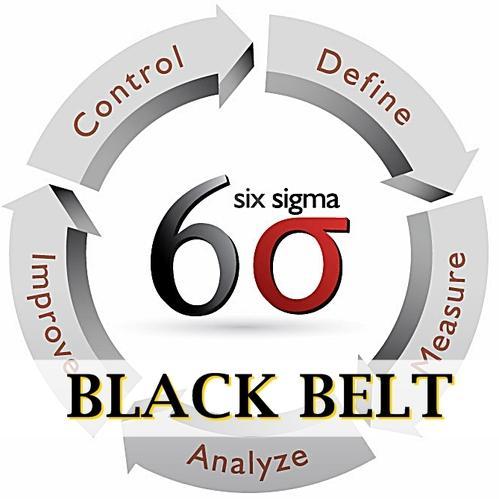Understanding Benchmarking in Process Improvement
Benchmarking refers to a mark on an item or process indicating elevation and serving as a reference in topographical surveys and tidal observations. It is a point of reference from which measurements and/or comparison may be made, an activity, process, service or product that serves as a standard by which others may be measured.
Benchmarking is a continuous improvement process by which an organization:
- Measures the most relevant specific attributes of its own products, services, and processes (including Operations, Performance, Procedures, Project, Processes, and Strategies).
- Compares its own performance against Best-in-class company performance, companies recognized as industry leaders, company’s toughest competitors, and known process that is significantly superior to the company’s.
- Identifies how the organizations achieved their superior level of performance.
- Uses the information to improve its own performance.
- Ultimately reaches the level of performance achieved by the benchmarked process (or a level above that process).
- Continually repeats the process in an iterative fashion.
Click for Snap Sampling Plans! AQL Inspection Software
Juran, a thought leader in benchmarking, presents the following examples of benchmarks in an advancing order of attainment:
- The customer specification.
- The actual customer desire.
- The current competition.
- The best in related industries.
- The best in the world.
According to the above, benchmarking is the process of comparing the current project, methods, or processes with the best practices and using the information gathered to drive improvement of overall company performance. The standard for comparison may be competitors within the industry, but is often found in unrelated business segments. The concept of benchmarking can be applied in scores of different business situations.
It is done to identify opportunities, SMART goals (Specific, Measurable, Achievable, Realistic and Time-Bound and challenge internal status quo on possibilities. Benchmark enables proper understanding of methods for improved processes. It uncovers strengths and weaknesses within organization. It assists in overall performance improvement initiatives.

Click Here to Download Readymade Editable Toolkits & Templates on Quality Assurance/Quality Control, Lean Six Sigma, Lean Manufacturing, Six Sigma, ISO 9001, ISO 14001, ISO 22000, ISO 45001, FSSC 22000, HSSE, Project Management etc.
Classes of Benchmarking
- Internal: Comparisons between similar operations within an organization.
- Competitive: Comparisons among competing organizations for a specific product.
- Functional: Comparing similar functions within the same industry.
- Generic: Comparing processes independent of industry or overall functions.
Become Lean Six Sigma Black Belt Certified!
Download FREE ebook on Paperless Quality Management here.
Download this FREE Presentation Guide in PPT
Download this FREE if you a fresher in Quality Management.
About the Author
Adebayo is a thought leader in continuous process improvement and manufacturing excellence. He is a Certified Six Sigma Master Black Belt (CSSMBB) Professional and Management Systems Lead Auditor (ISO 9001, 45001, ISO 22000/FSSC 22000 etc.) with strong experience leading various continuous improvement initiative in top manufacturing organizations.
You can reach him here.





